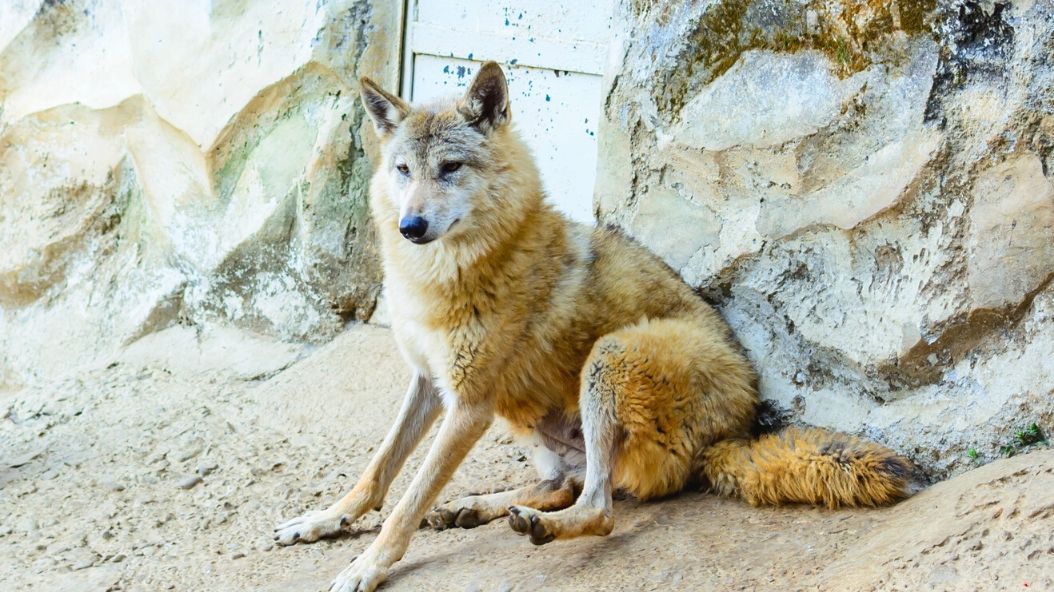A study recently published in the Journal of Biogeography and referred to by National Geographic has discovered an adaptation of the Himalayan wolf. The animal inhabits high parts of the mountain range and the Tibetan altiplano, more than 4,000 metres above sea level, meaning it can live in conditions with lower concentrations of oxygen.
The genetic difference adds more weight to the arguments from scientists to consider the species as different to the grey wolf (Canis lupus) and change its classification from a sub-species to become the new species of Canis himalayensis.
As with other species, the classification of wolves has been questioned through history and more so with the perfection of genetic analysis techniques.
This wolf has been subject to genetic study since the late 1990s. At that point the suggestion was that its classification should be reviewed, and it was accepted as a sub-species (Canis lupus chanco). The latest studies now propose reclassifying the wolf as a species in its own right.
A change in classification would have important effects for its conservation as it would be a critically threatened species and become the focus of new studies. Little information is available on this animal and even the census of its population, estimated in 1995, puts its number at some 350 individuals and just a few thousand in the Tibetan zone, meaning plans would be developed for the recovery of the species.
The grey wolf, Canis lupus, is considered one of the most widely distributed land mammals on the planet.
Over the years it has become an endangered animal in many points where it is distributed. This historically broad distribution led to its differentiation in some territories, explaining why we now find various sub-species such as the Iberian wolf, Canis lupus signatus.
The IUCN currently describes nine sub-species for Canis lupus around the world.



